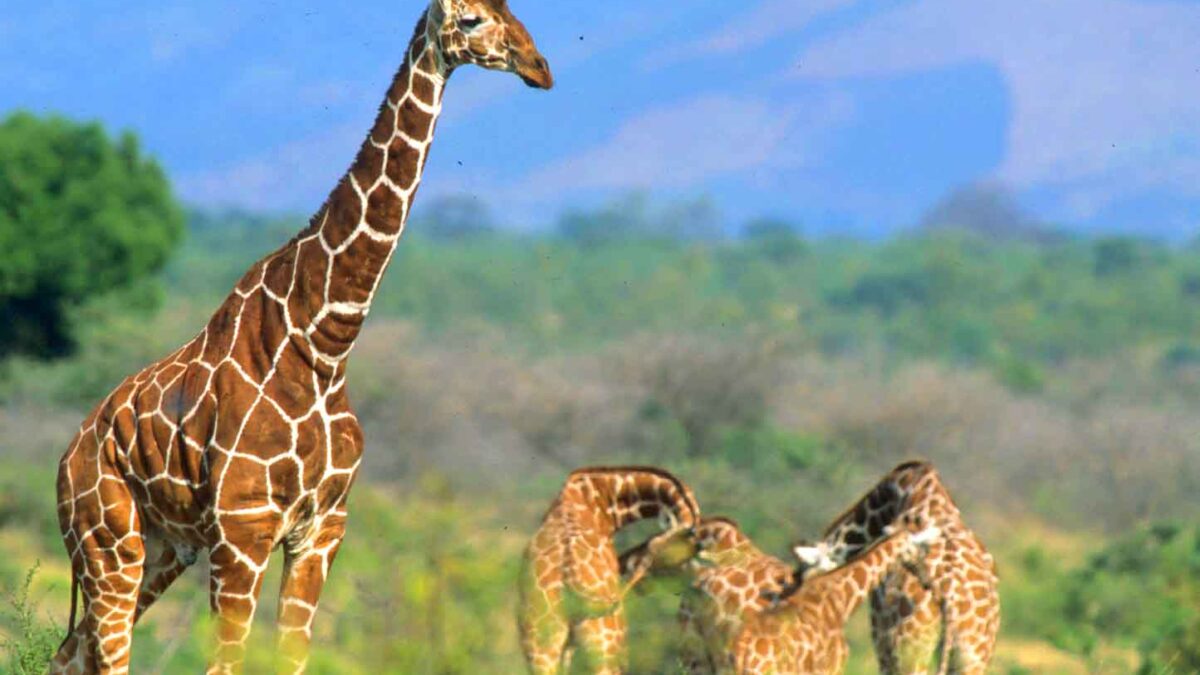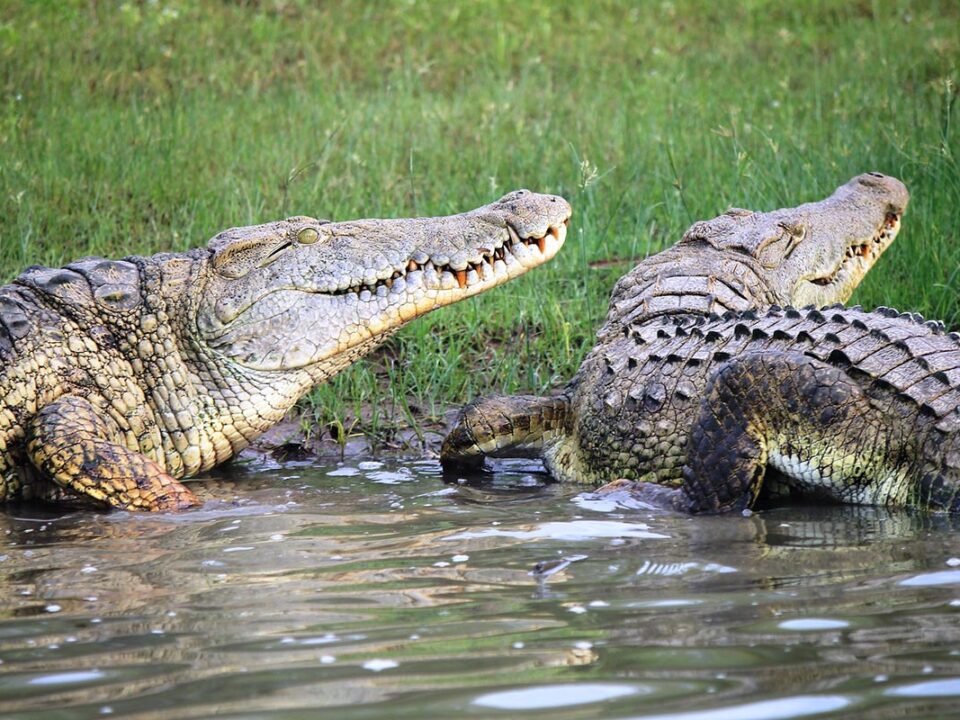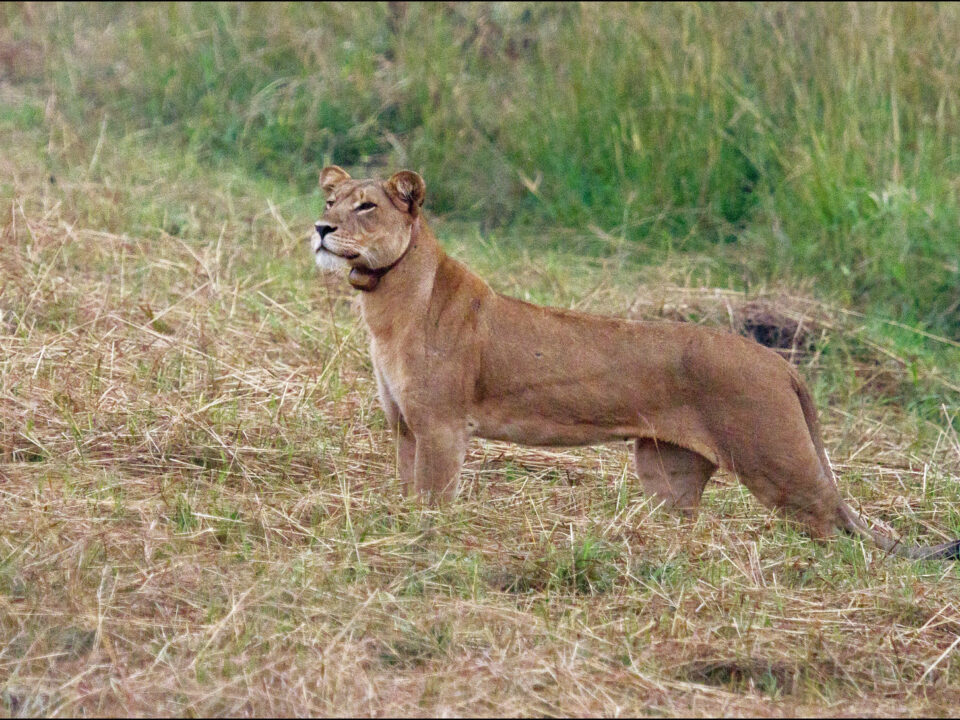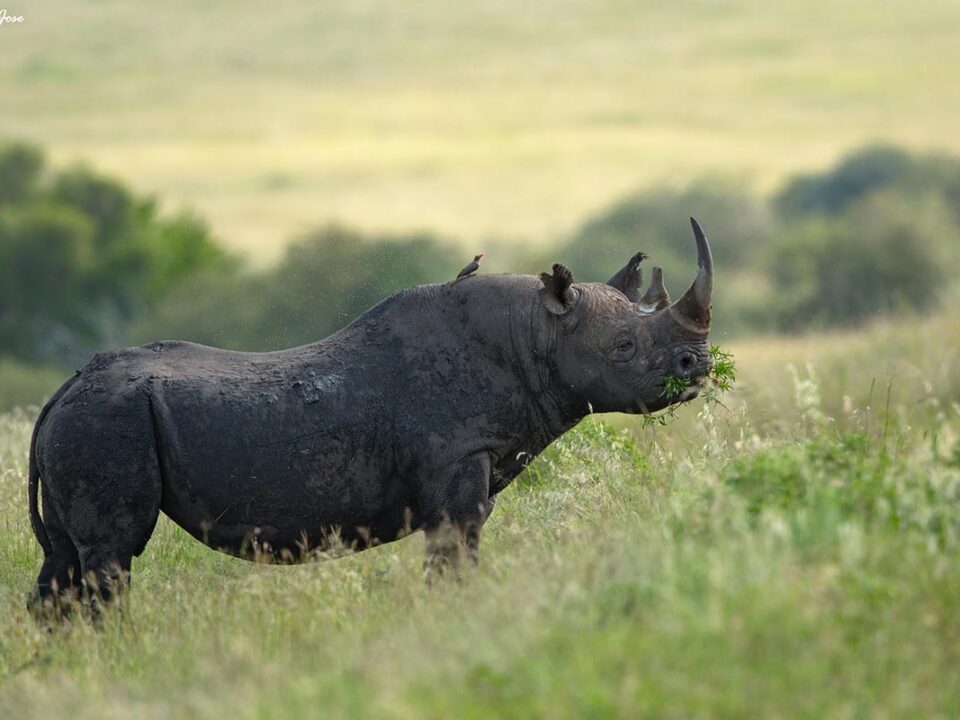Meru National Park in Kenya

Mount Kenya National Park & Reserve
November 20, 2023
Booking a Gorilla Safari to Mgahinga Gorilla National Park
November 20, 2023Meru National Park in Kenya – Embark on Wildlife and Mountain Climbing Safaris in the Heart of Nature’s Grandeur
Meru National Park in Kenya beckons adventurers to a realm of “Complete Wilderness,” where the Meru and Kora sister parks weave a tapestry of luxuriant jungle, coursing rivers, verdant swamps, khaki grasslands, and towering termite cathedrals beneath the vast expanse of the sky’s great blue bowl. This little-visited and utterly unspoiled haven exudes a remote and rugged atmosphere, providing an unparalleled experience. Encounter the grace of Grevy’s zebras, elephants, Bohor reedbucks, hartebeests, pythons, puff adders, cobras, buffalos, and over 427 recorded species of birds.
General National Park Information:
Nestled in central Kenya, approximately 220 miles (350 km) northeast of Nairobi, Meru National Park spans an impressive 336 square miles (870 sq km). Positioned northeast of Mount Kenya, this national park unfolds a diverse landscape featuring jungle, grasslands, swamps, rivers, and termite-created mounds. Described by the Kenyan Wildlife Services as “Complete Wilderness,” Meru National Park showcases varying elevations, from the southeastern low along the Tana River to the Nyambeni Range foothills, reaching the highest point at 3,400 feet (1,036 m).
Abundant rainfall nurtures tall grasses and lush swamps, creating a wildlife haven. The Tana River, Rojerwero, and Ura rivers, along with their tributaries, contribute to the park’s water sources, adorned with riverine forests and stands of dom and raphia palms. The park’s northern section boasts a rainforest, while the majority is covered in bushes and grasslands, hosting the iconic Acacia trees.
Wildlife of Meru National Park:
A diverse array of wildlife thrives in Meru, with common sightings including elephants, giraffes, black and white rhinos, kudu, gazelle, hartebeest, reedbuck, zebra, and hippo. The rivers are populated with numerous hippopotamuses, while predator species such as lion, leopard, cheetah, jackal, African wild cat, and hyena add to the park’s dynamic ecosystem. Birdwatchers can delight in spotting 427 bird species, and river safaris offer an optimal vantage point for observing birdlife along the banks. Pythons, puff adders, and cobras provide excitement for snake enthusiasts, and ostriches roam the bushy grasslands.
Meru National Park Kenya holds historical significance as the home where George and Joy Adamson raised the famous lioness named Elsa, immortalized in the book and movie “Born Free.” Key features like the Tana River and Adamson’s Falls, a cascading waterfall across rugged rocky terrain, add to the park’s allure.
Mount Meru Highlights:
The focal point of Meru National Park is its captivating wildlife, and visitors can explore the former home of George and Joy Adamson. The waterfall named after the Adamson family serves as a picturesque tourist attraction. Additionally, the park offers breathtaking views of Mount Kenya, the tallest mountain in Kenya.
Trails of Mount Meru National Park:
Meru is exclusively designated for game viewing, with no established trails or trekking routes apart from exploring the area near the Adamson’s home. The wilderness section, devoid of roads, is accessible only on foot, necessitating trained ranger guides and porters for carrying tents and supplies. While not a conventional hiking trail, it offers a unique trekking experience through untamed wilderness.
Birds of Mount Meru National Park:
Boasting a diverse avifauna, Meru National Park hosts over 300 recorded bird species. Notably, the threatened Jungle Babbler has been recently documented near Kindani and Nyati Camps in the southwest part of the park. Meru contributes to the Kenya Mountains Endemic Bird Area with eight species and features fifty-nine of the 94 Somali-Masai biome species found in Kenya. Regionally threatened species, including the Martial Eagle, African Finfoot, Pel’s Fishing-Owl, Grant’s Woodhoopoe, and the Saddle-billed Stork, known to breed in the area, add to the birdwatcher’s delight.
Wildlife of Mount Meru National Park Kenya:
Game viewing in Mount Meru National Park offers diverse sightings, including lion, elephant, cheetah, leopard, black rhino, zebra, gazelle, oryx, and rarer antelope species like Lesser Kudu and duiker. Common species such as dik dik, one of Africa’s smallest antelopes, can also be observed. Large prides of lions and some of Kenya’s largest herds of buffalo make the rivers teem with hippo and crocodile. In the mid-1980s, poaching threatened the park, but KWS armed wildlife security patrols have successfully driven out poachers, leading to a stabilization of the elephant population.
How to Get to Mount Meru National Park:
Roads: Access from Nairobi (348 kms) is possible via Nyeri-Nanyuki-Meru or through Embu all-weather roads. Another route is via Embu to Ura Gate (120 km), 290 km from Nairobi.
Airstrip: The main airstrip at Kina, Mulika next to Meru Mulika Lodge, and Elsa’s Kopje airstrip provide convenient options for air travel.
Where to Stay in Mount Meru National Park:
- Elsa’s Kopje
- Ikweta Safari Camp
- Rhino River Camp
- Merera Springs Eco-Lodge
Best Time to Visit Mount Meru National Park Kenya:
While Meru can be visited throughout the year, the best time for wildlife viewing is during the Dry season from June to September. The long rains (March to May) and short rains (October to November) can make wildlife watching more challenging.




